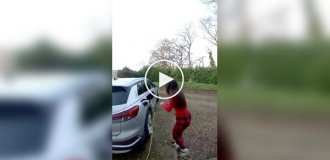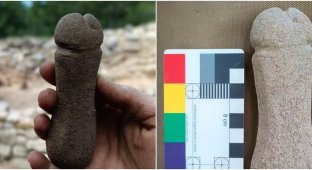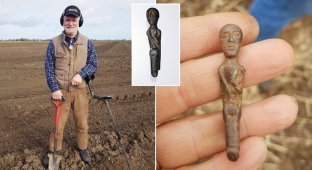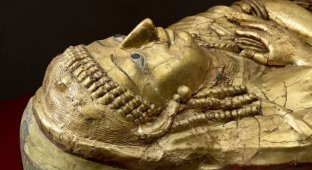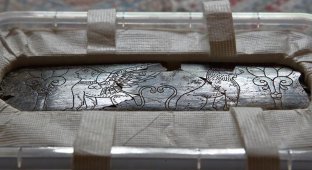A “magic” phallus-shaped talisman that protected against the evil eye was found in Serbia (4 photos)
Such phallic objects were common in the Roman Empire to ward off evil. 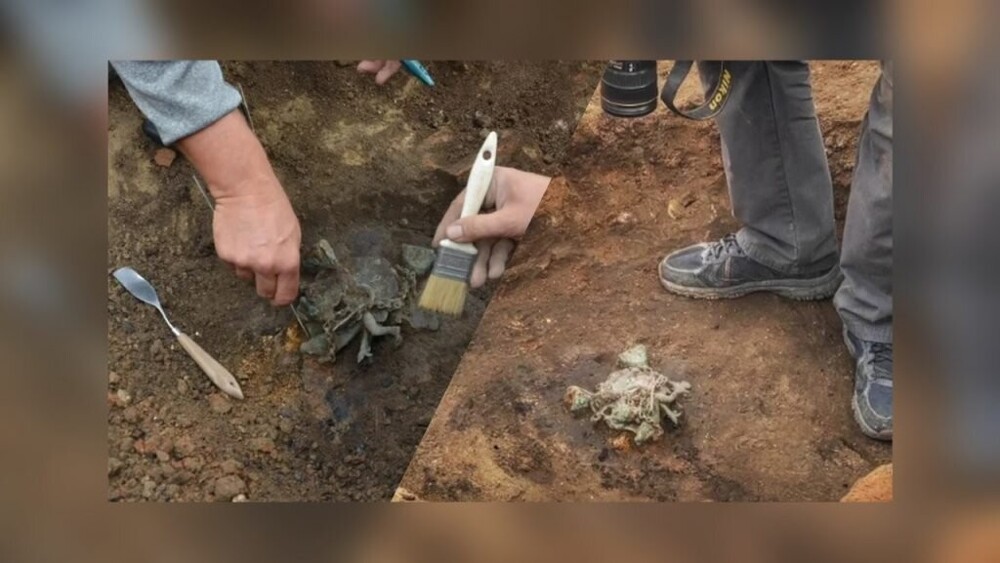
Archaeologists have unearthed a Roman furin, or tintinnabulum as it was called at the time, with a prominent phallus. The artifact was found during archaeological excavations in eastern Serbia.
In Ancient Rome, tintinnabulum was a musical pendant or bells. It was often in the form of a bronze phallic figure or fascinus. Tintinnabulum hung outdoors in places such as gardens, porticos, houses and shops, where it made sounds with the help of the wind. 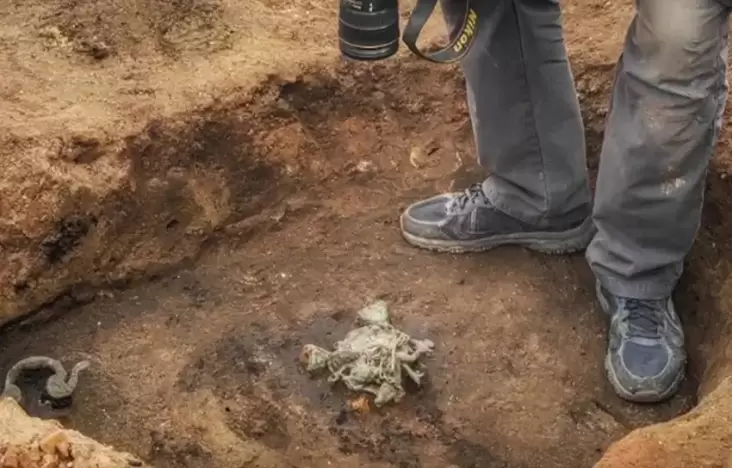
It is believed that such objects served as magical protection for the premises. It was assumed that their noise and unusual appearance scared away evil spirits and the curse of the evil eye, which was greatly feared in ancient times.
This one was discovered on the porch of a large house on the main street in Viminacium, an ancient Roman city. Its extensive ruins now lie near the Serbian town of Kostolak, about 50 km east of Belgrade. 
“The building collapsed as a result of a fire, during which the porch collapsed and fell to the ground,” Ilija Dankovic, an archaeologist at the Institute of Archeology in Belgrade, told the website Sve o archeologiji.
This is the second tintinnabulum to be found in the ruins. The first is now in a private collection in Austria; nothing is known about its discovery. 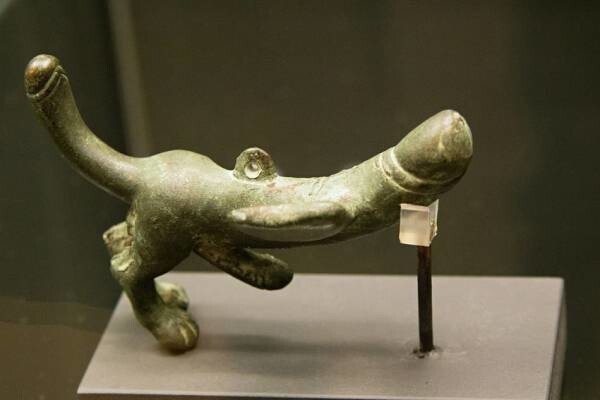
This Tintinnabulum with wings and legs was found in Prague.
But the recently discovered Tintinnabulum was found in its full archaeological context. “As soon as we started to uncover it, we immediately realized what we had found,” the scientists said.
Tintinnabulum is made of bronze, but it has been left in the soil for now so as not to damage it. As a result, its exact configuration is unknown. However, its approximate shape is known - it is a phallic figure or fascinus with two legs, wings and a tail.
The discovery of the tintinnabulum proves that Viminacium was in every sense part of the Roman world,” the archaeologists conclude.








